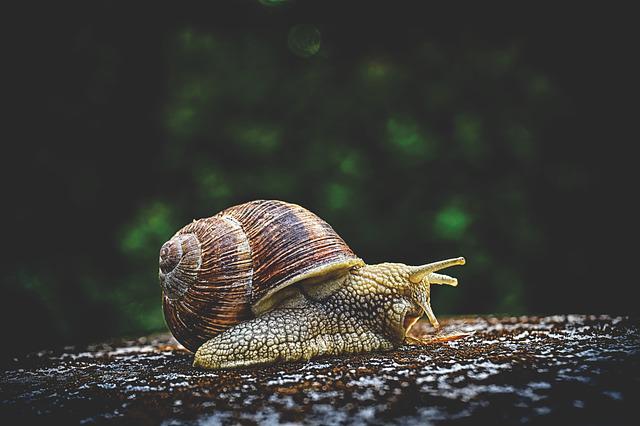
Mollusks are invertebrate animals.
From the Latin molluscus ( "soft" ), a mollusk is a metazoan with soft integuments, which can appear naked or covered by a shell. It has bilateral symmetry and, as an adult, a non-segmented body.
Mollusks are coelomate protostome invertebrates and form one of the largest phyla in the animal kingdom. They are the most numerous invertebrates behind arthropods, including species such as octopuses , slugs , squid , mussels and clams . In total, scientists estimate that there are about 100,000 living species.
Characteristics of mollusks
Thanks to their physiological characteristics, mollusks can live in a wide variety of environments . In this way, individuals of this group can be found at more than 3,000 meters above sea level and also at ocean depths of more than 5,000 meters.
Some of the peculiarities of mollusks that differentiate them from the rest of the animals are the presence of a feeding organ known as the radula , which is made up of curved chitinous teeth; the development of a muscular foot ; and the existence of a calcareous shell secreted by the mantle (although, in certain species, it may be absent).
The muscular foot demonstrates the great evolutionary capacity of mollusks. In principle, it was crawling , similar to that of gastropods. Over time, it could diversify into a burrowing foot (in bivalves), a swimming foot (in pelagic gastropods) or even a foot divided into tentacles (in cephalopods).

Snails are part of the group of mollusks.
Its reproduction
It should be noted that, in terms of reproduction, mollusks can be unisex (bivalves) or hermaphrodites (snails), with the capacity to even self-fertilize in some cases.
Some come with separate sexes and fertilization takes place externally, in the water; There are some species in which fertilization occurs internally; and in the case of hermaphrodites, they come with both sexes and can carry out fertilization without the need for another individual to exist, which is the case of snails.
First mollusks and evolution
The first mollusk fossils that have been found come from the Cambrian period , that is , around 600 million years ago . In fact, one of the largest organisms found in this period was the anomalocaris, a mollusk whose name means "strange shrimp" and measured about 60 cm long, had a blanket-shaped body, a pair of large eyes and arms ending in pincers.
If we try to describe in broad strokes the similarities shared by the majority of mollusks, we can say that they have a head with a mouth (in some cases equipped with a tongue and minimal teeth with which it can gnaw) and cerebral ganglia; a membrane called the mantle that covers and protects your internal organs (visceral mass); They have a single foot that allows them to move through water or land, depending on their habitat.
Functions and habitat
Regarding their internal functionality, they are provided with a digestive system (with a mouth, an anus and a digestive gland known as hepatopancreas), respiratory system (terrestrial mollusks have lungs and aquatic mollusks have gills, which allow them to breathe in their respective environments), circulatory system (composed of a heart and blood vessels), excretory system (with a kidney or nephridium) and a nervous system (ganglionic type, which means that its neurons are ganglia. It is worth mentioning that they have very developed senses).
According to their diverse habitats, the type of diet also varies . Terrestrial mollusks are herbivores , among them we can find species of snails and slugs of different types. Marines can have extremely varied types of nutrition. Clams and mussels, for example, feed by filtering plankton, marine snails feed on algae, and squid and other mollusks are predators , that is, carnivores.
